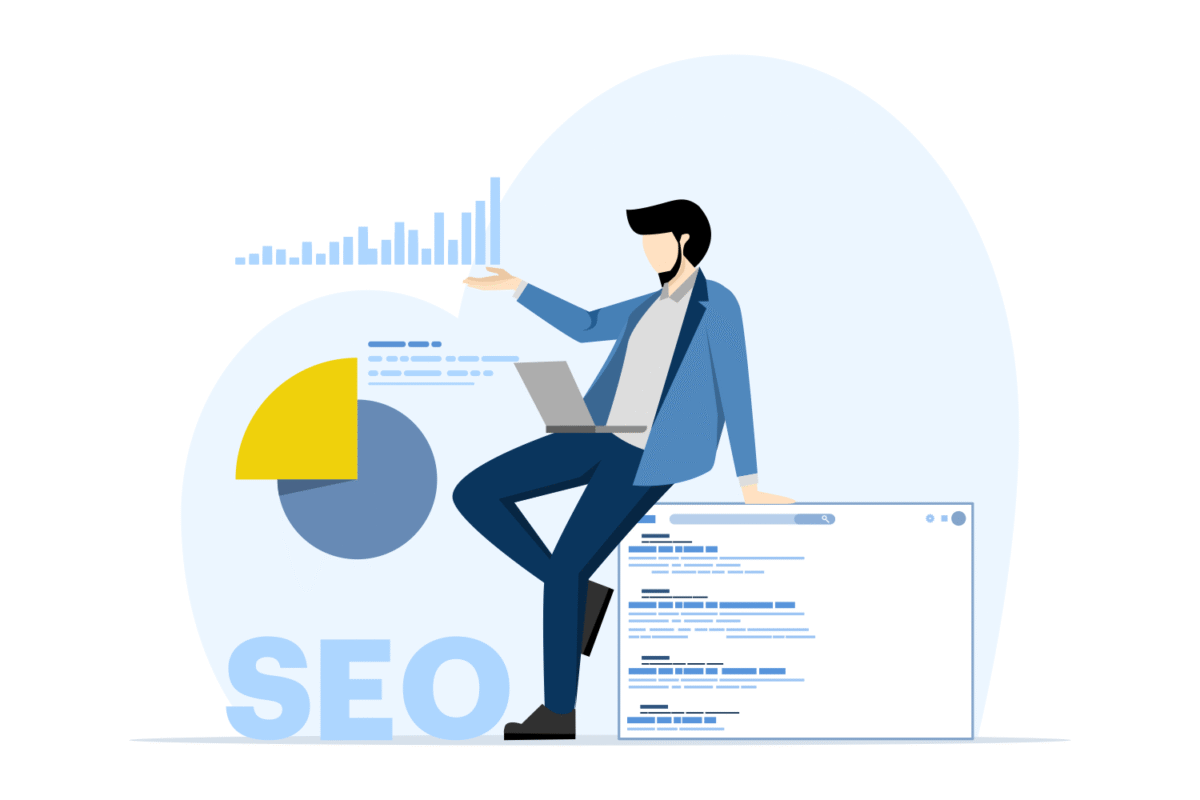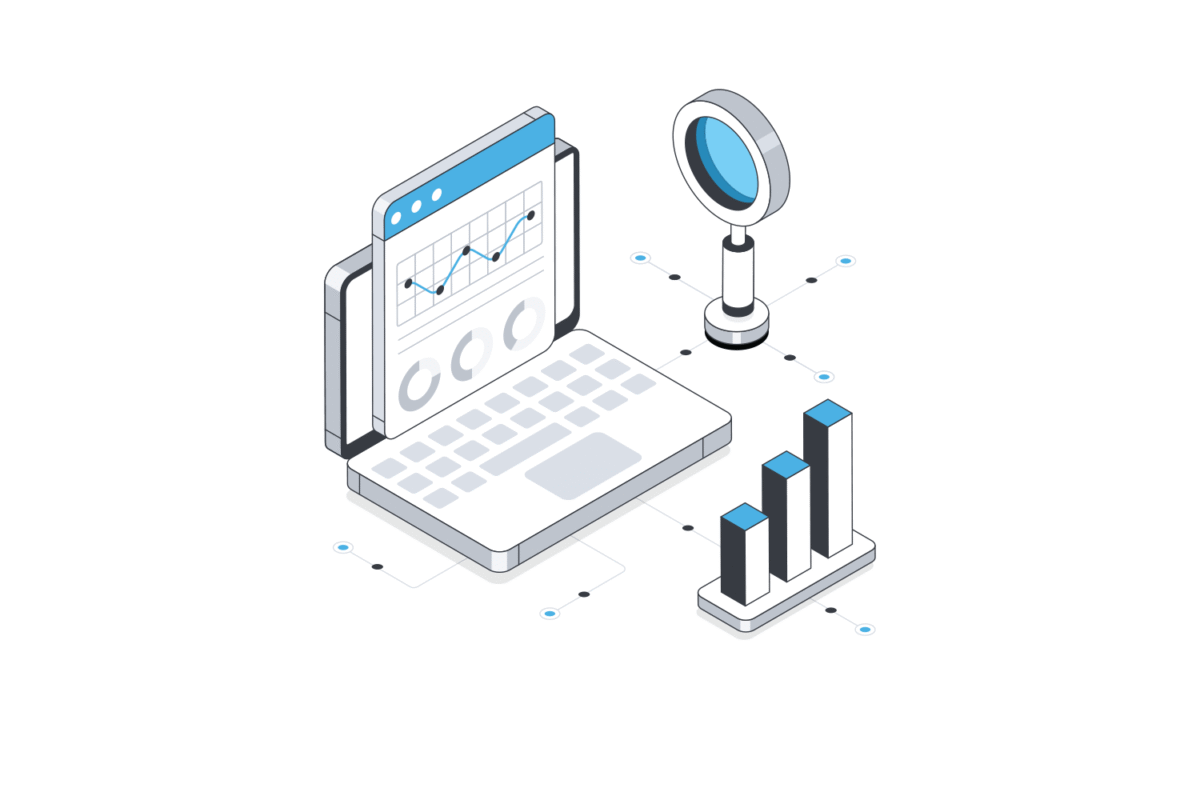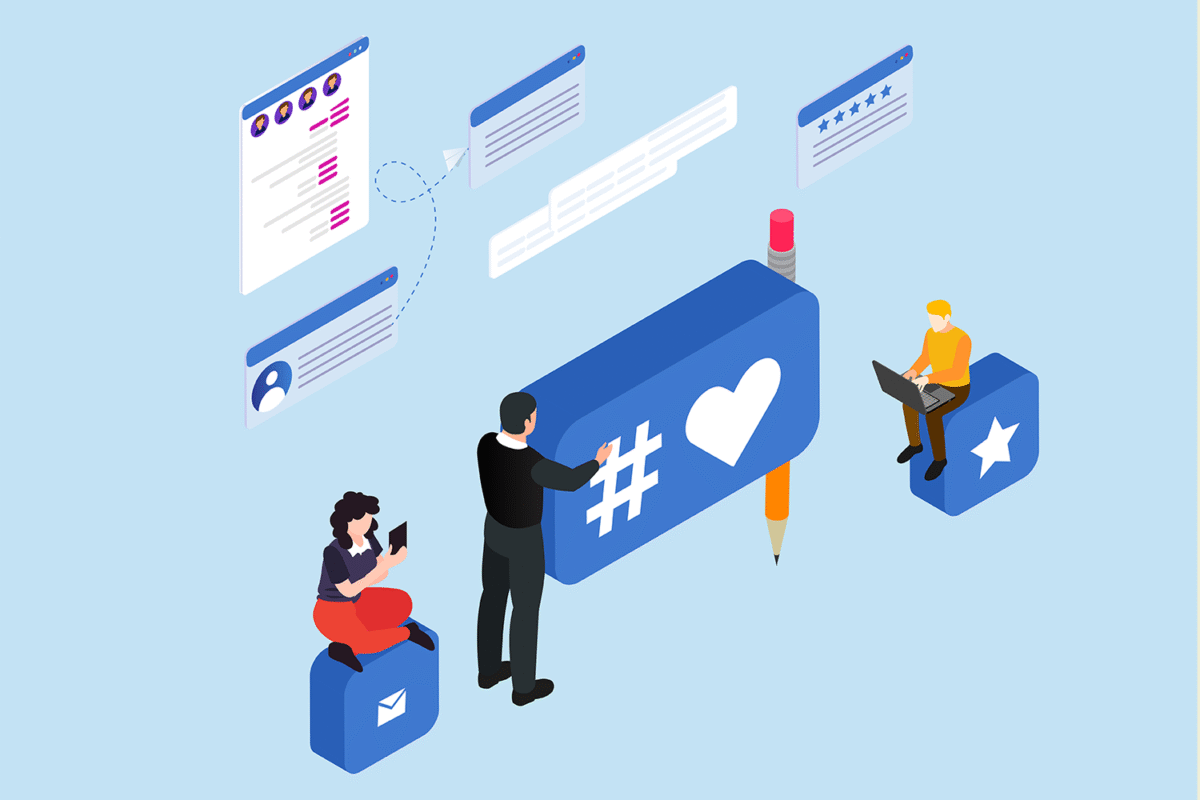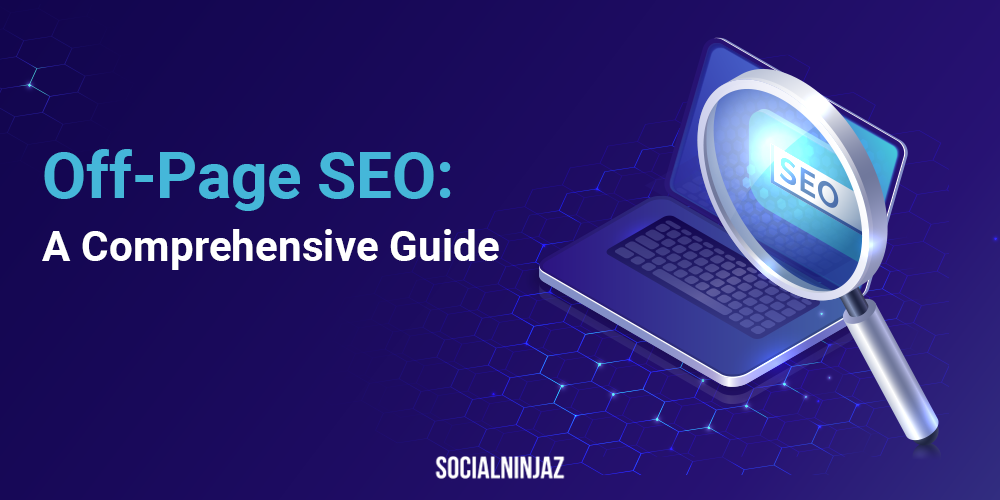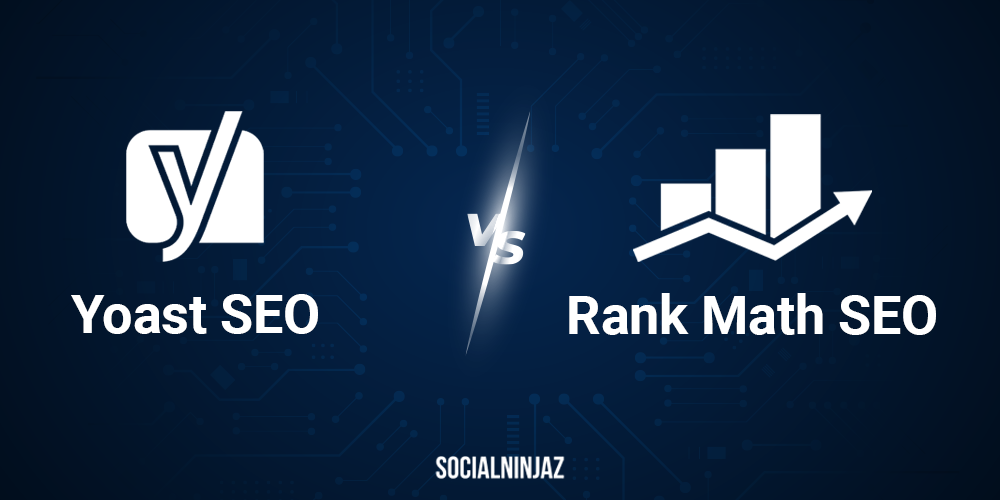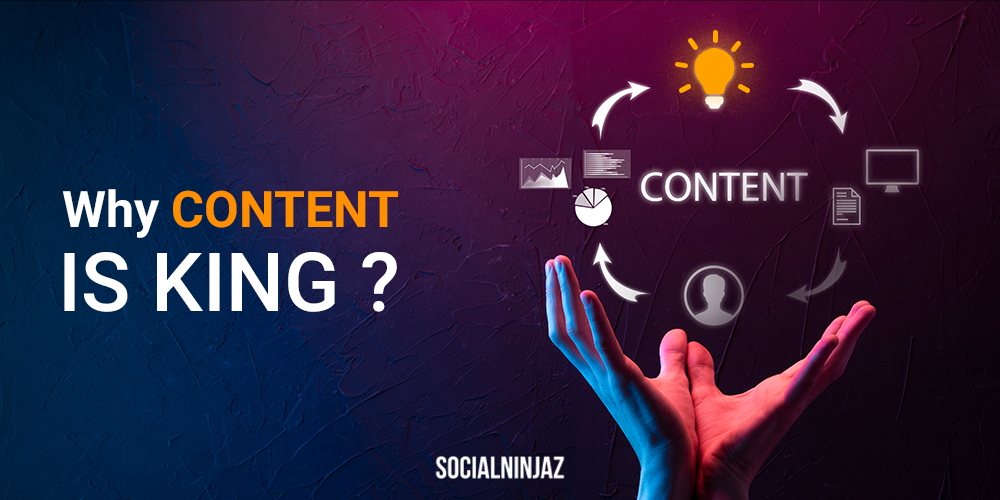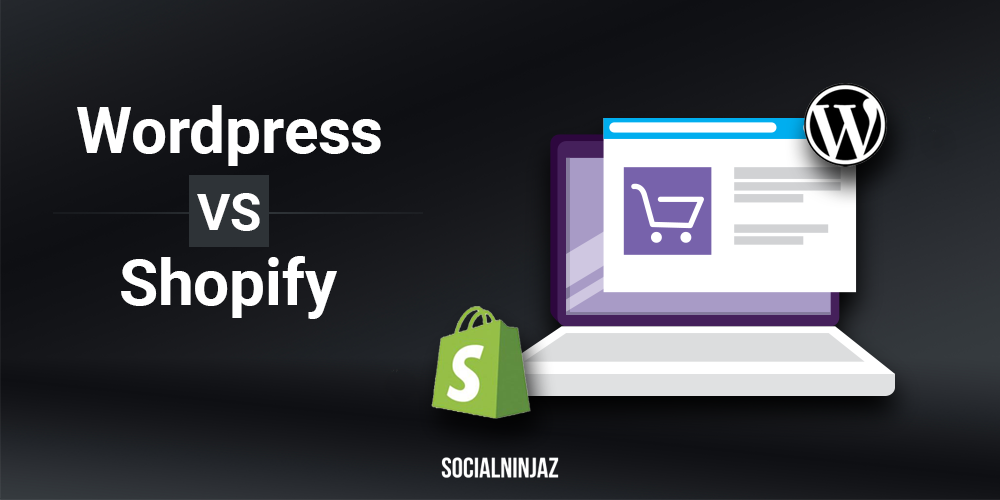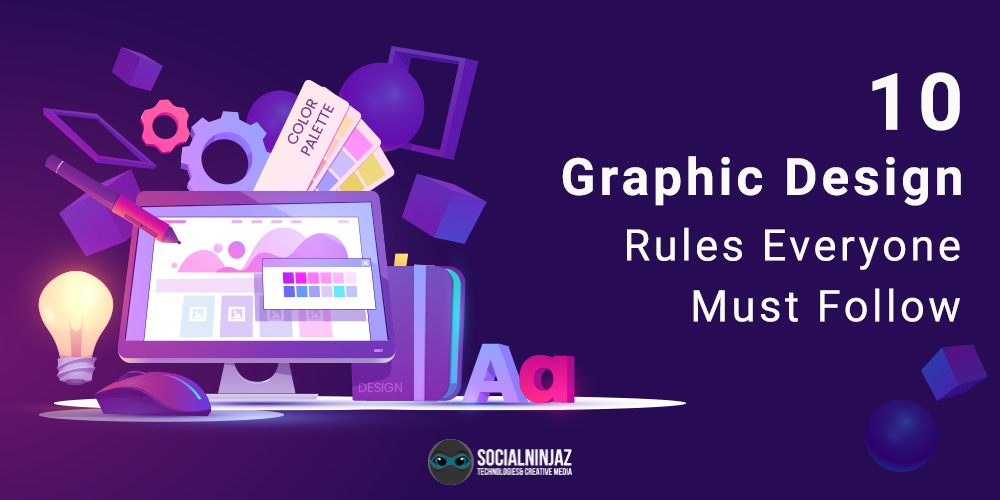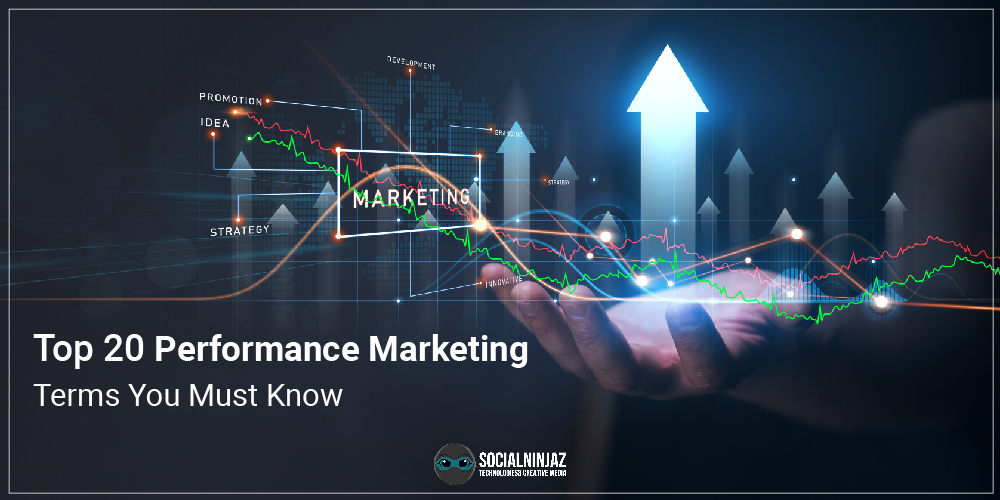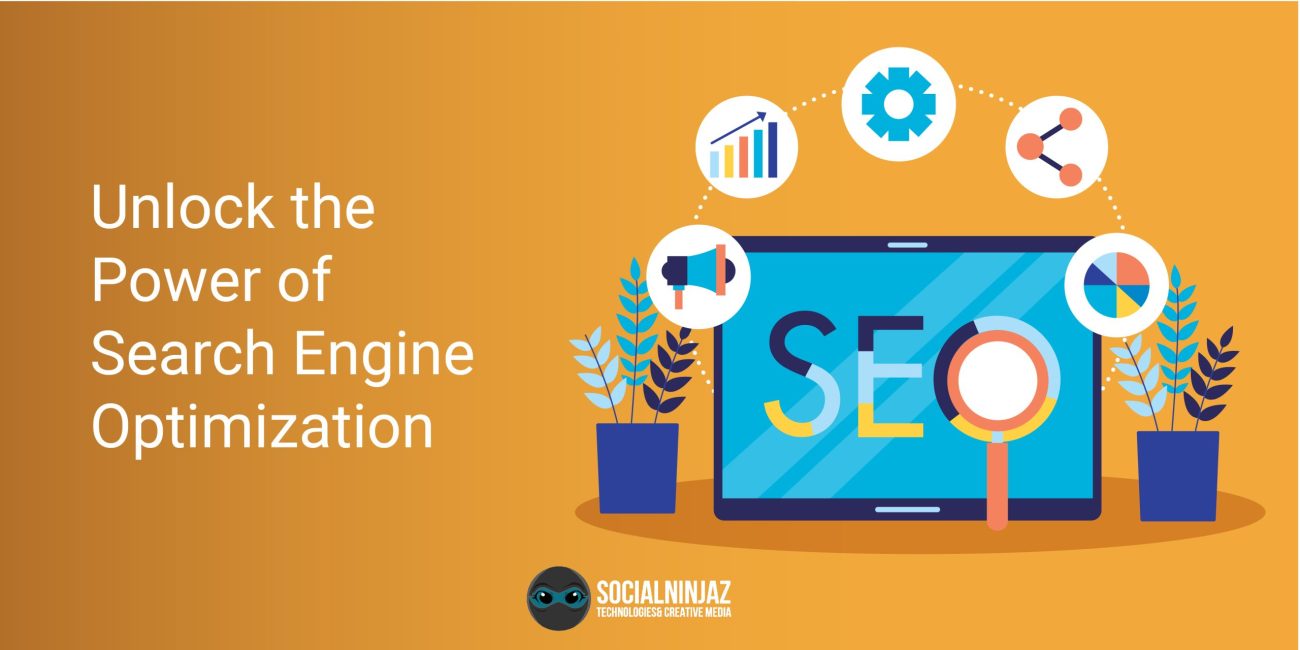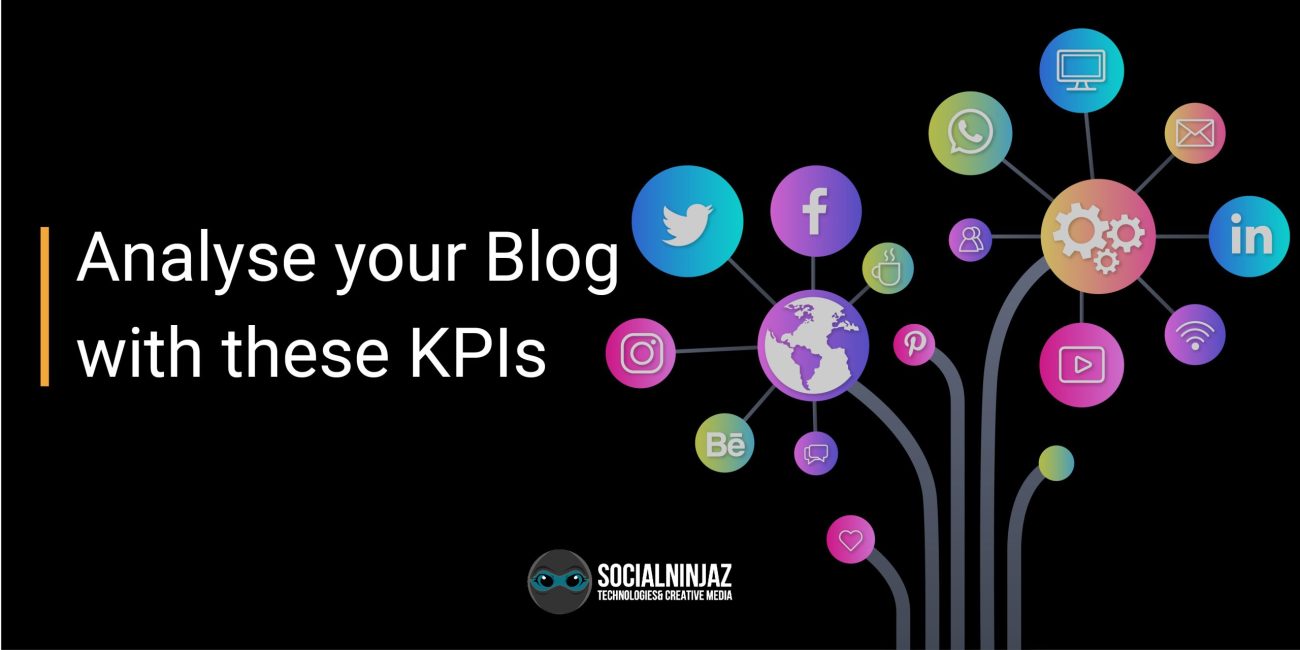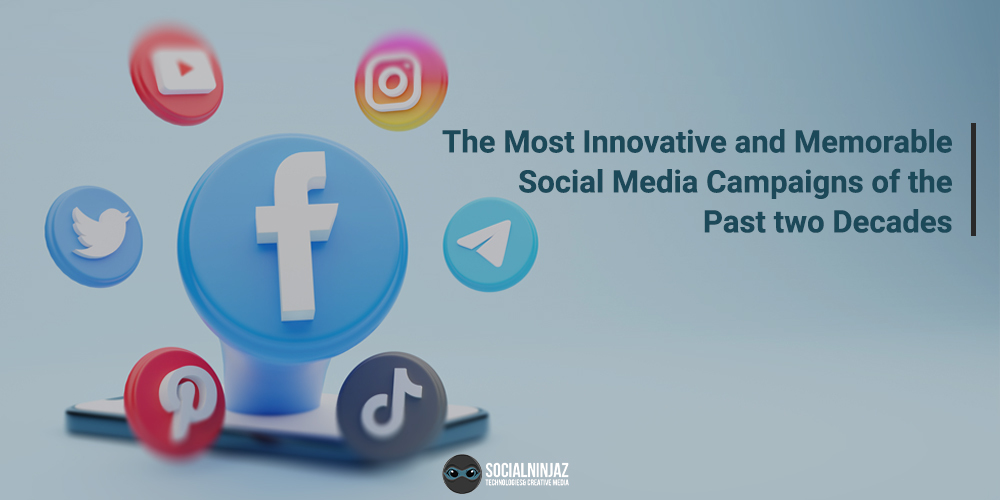Blog
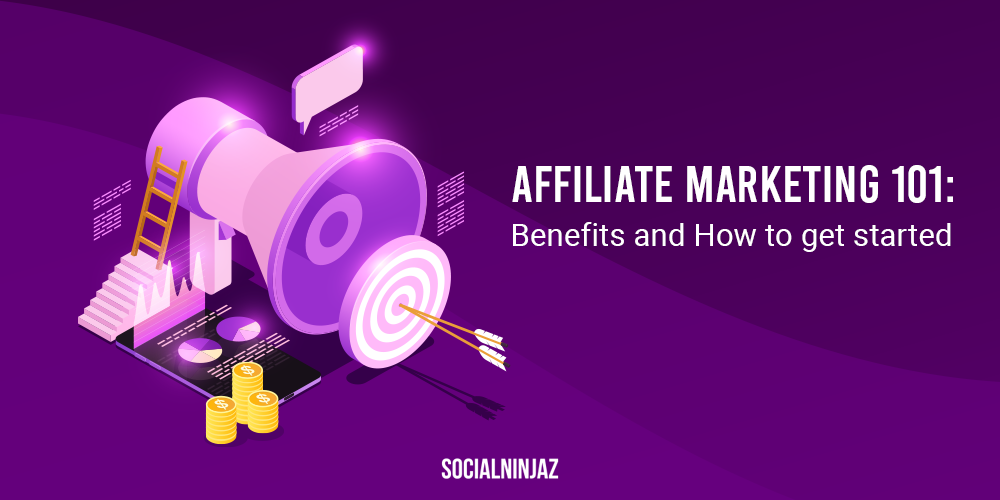
Affiliate Marketing 101: Benefits and How to get started
Affiliate marketing is a popular marketing strategy that involves promoting other businesses products or services and earning a commission for each successful sale. It is a performance-based marketing strategy in which a business rewards one or more affiliates for each customer brought about by the affiliate’s marketing efforts. The ultimate goal is to build mutually beneficial relationships between brands and affiliates. Affiliates can earn a commission for driving traffic and sales to the business’s website.
Table of Contents
ToggleHow Does Affiliate Marketing Work?
In affiliate marketing, affiliates promote the products or services of a business in exchange for a commission on the resulting sales. The affiliate generates marketing materials to promote the company’s products, such as banners, blog entries, or social media posts. A set % of the sale is rewarded whenever a customer clicks on the resource or makes a purchase.
The affiliate is usually provided with a unique referral link or code to track the traffic and sales for conversion. It helps the business track which affiliate drives the most sales and allows them to pay commissions accordingly.
Affiliate marketing can be a cost-effective way for businesses to reach new customers and generate sales. It allows companies to tap into the expertise and resources of affiliates, skilled at engaging specific customer segments. At the same time, affiliates can earn a steady income by promoting products or services they believe in.
There are several benefits of affiliate marketing for businesses:
Cost-effective:
It can be a cost-effective way for businesses to reach new customers and generate sales. Brands only pay affiliates when they bring in a sale or lead, hence no upfront cost for marketing efforts.
Reaches new customers:
Affiliate marketing allows businesses to tap into the expertise and resources of affiliates. These affiliates are often skilled at reaching and engaging specific customer segments. It can help them expand their reach and find new customers.
Trackable and measurable:
Affiliate marketing is trackable and measurable, which means businesses can see how well their affiliate marketing efforts perform. This helps companies optimize their marketing strategies and allocate resources effectively.
Low risk:
With affiliate marketing, businesses only pay affiliates when they bring in a sale or lead. So, there is little risk involved in contrast to other marketing strategies, such as advertising, where businesses pay upfront for marketing efforts that may or may not be successful.
How to get started with Affiliate Marketing
Businesses need to allocate a list of affiliates. Many companies allow businesses with affiliate networks to showcase their list of finetune affiliates.
Once a partnership establishes, affiliates will receive a unique affiliate link to use when promoting the business’s products or services; the affiliate receives its commission every time a sale takes place through this link.
Affiliates are needed to be transparent about their status and disclose the links they use. It ensures that the relationship is clear to the consumer and avoids potential legal issues.
Conclusion
Affiliate marketing can be a lucrative and rewarding source to earn passive income and help businesses reach new customers.
In addition to promoting products or services through their channels, affiliates can use paid advertising to drive traffic to their affiliate links. It can be a great way to increase sales and commissions, but affiliates need to track their results and ensure they are getting returns on investment.
admin
Don’t forget to share this post
Similar posts
Why Hiring a WordPress Website Designer Is a Smart Move for Your Business
How Startups Can Leverage Branding Through Social Media for Faster Recognition
How a Web Development Agency Drives SEO, UX, and Long-Term ROI
Building Website for Business vs Relying on Social Media: What Works Best
Marketing Your Business on Social Media – Strategies That Actually Work in 2025
Why You Should Hire a Website Development Agency to Scale Your Business in 2025
Why Your Brand Needs Professional Website Development Services Today
How Web Development Services Empower Brands to Lead in the Digital Age
Why Your Brand Needs a Human-Centric Social Media Marketing Agency
How Does SEO-Friendly Website Design Boost Traffic?
Digital Marketing Using Social Media: What Google’s Latest Update Means for Your Brand in 2025
Why Website Design and Development Services Drive Business Growth
Mastering Social Media Branding: What 2025’s Boldest Indian Brands Are Doing Differently
Why Website Development Services Are Essential for Small Business Growth
Why Hiring a Website Development Agency Is the Smartest Move for Your Business
Janta Sab Jaanti Hai… Par Bhushan Behtar Bechta Hai!!!
What’s the Fuss about Twitter Verification
ChatGPT: The Latest Threat to Human Employment
Difference between a Website and Web Application
Unmasking the Dark Side of SEO: Balancing the Risks and Rewards of Black Hat SEO vs White Hat SEO
Most Suitable Ads for my Business: Search Ads VS Display Ads
Top SEO Websites in the World
How to Get Instagram Verification Blue Tick???
Introduction to Proximity Marketing
YouTube Marketing: Boost Your Online Presence
Off-Page SEO: A Comprehensive Guide
Yoast SEO VS Rank Math SEO
Why Content is King in Modern On-Page SEO
Remarketing 101
Shopify VS WordPress: Which one is more suitable for your business?
Affiliate Marketing 101: Benefits and How to get started
Instagram Stories vs Snapchat Stories
A journey from 0 to 1000 Instagram followers in 10 days
10 Graphic Design Rules Everyone Must Follow
5 Artificial Intelligence Websites for Higher Productivity
Guide to Understanding Web 3.0 Space
What is Influencer Marketing?
Top 20 Performance Marketing Terms You Must Know
Things to look out for in the Digital Marketing Space in 2023
Mastering the Art of Snapchat Marketing
Unlock the power of Search Engine Optimization
Analyse your blog with these KPIs
The Most Innovative and Memorable Social Media Campaigns of the past two decades






